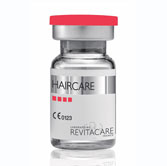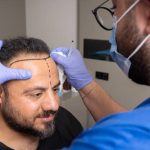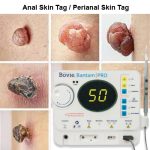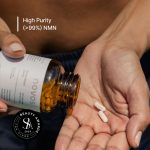Comments are closed.
MENUMENU
- Home
- FEMALE HAIR LOSS
- MEN HAIR LOSS
- HAIR LOSS ASSESSMENT
- HAIR LOSS SOLUTIONS
- MD Hair
PRP
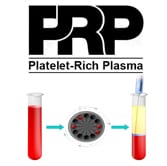
VIVISCAL PRO

NOURKRIN

PHARMA HERMETIC
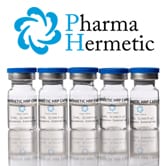
SMP

LASER THERAPY

PHARMA HERMETIC HOME KIT

DS LAB

- HLCC Scripts Hair Rejuvenation
- GTA LOCATIONS
- PRICING
- HAIR TREATMENT 101
- PRP
- SCALP MICROPIGMENTATION
- HAIR TRANSPLANT
- Home
- MENS HAIR LOSS TREATMENT
- HAIR LOSS WOMEN
- HAIR LOSS SOLUTIONS
- MD Hair
- NOURKRIN
- PHARMA HERMETIC
- Surgical Hair Transplant
- Laser Light Therapy for Hair Loss: Effective and Safe Treatment | THERADOME
- How Viviscal Works
- About Viviscal Canada
- SCALP MICROPIGMENTATION: HAIR TATTOO BENEFITS, BEFORE & AFTER
- Pharma Hermetic Home Kit
- DS LAB
- PRICING
- DR CYJ HAIR FILLER
- HAIRCARE REVITACARE FRANCE
- HLCC Scripts Hair Rejuvenation
- Revitalize Your Hair with PRP Hair Treatment – Safe and Effective Solution
- GTA CLINIC LOCATIONS
- HAIRLOSS ASSESSMENT
- HAIR TRANSPLANT
- BLOG
- CONTACT US
Understanding DHT (Dihydrotestosterone): The Comprehensive Guide
Recent Posts
- Hair Transplant Turkey Clinics: The Ultimate Guide to Restoring Your Hair Overseas
- Anal Skin Tag Removal with Bovie Electrocautery: A Safe and Effective Solution
- NOVOS: The Future of Longevity and Anti-Aging Supplements
- MDhair: Personalized Hair Loss Treatment for Men and Women
- Hairline Clinic: Transforming Hair Restoration Across Canada
Archives
- February 2025
- January 2025
- December 2024
- August 2024
- July 2024
- May 2024
- April 2024
- March 2024
- January 2024
- December 2023
- November 2023
- October 2023
- September 2023
- August 2023
- July 2023
- June 2023
- May 2023
- April 2023
- March 2023
- February 2023
- January 2023
- December 2022
- September 2022
- March 2022
- February 2022
- May 2021
- December 2020
- November 2020
- September 2020
- April 2020
- December 2019
- February 2019
Categories
- Alma TED
- alopecia
- baldness
- Celebrities
- Cynosure Potenza
- dandruff
- DHT
- DS Laboratories
- finasteride
- hair loss treatment
- hair regrowth
- hair restoration
- hair transplant
- Hair Transplant Turkey
- hairline clinic
- MDHair
- minoxidil
- Novos
- platelet rich plasma
- Propecia
- prp
- prp hair
- PRP St Catharines
- PRP Toronto
- scalp micropigmentation
- Scalp Micropigmentation Buffalo
- seborrheic dermatitis
- Spectral DNC N
- teenage hair loss
- Theradome
- traction alopecia
- trichologist
- Trichologist Winnipeg
- trichology
- Uncategorized
- womens hair loss
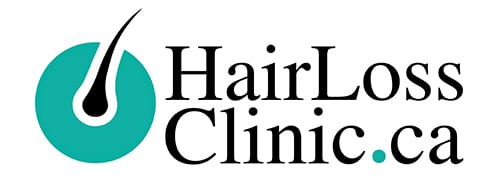
- Toronto: 600 Sherbourne St #605
- Thornhill/Markham: 7191 Yonge St #701
- St. Catharines: 112 Queenston St #200
- Winnipeg: 873 Notre Dame Ave #D
- phone: (647) 492-9093 Toronto GTA
- Phone: (204) 817-0883 Winnipeg
- Email: info@hairlossclinic.ca
HAIR LOSS CLINIC
LATEST POST
OPENING HOURS
Monday 10.00 AM – 8.00 PM
Tuesday 10.00 AM – 8.00 PM
Wednesday 10.00 AM – 8.00 PM
Thursday 10.00 AM – 8.00 PM
Friday 10.00 AM – 8.00 PM
Saturday 10.00 AM – 8.00 PM
Sunday 10.00 AM – 8.00 PM
© 2023 HAIRLOSSCLINIC.CA | Scalp Micropigmentation & Trichology Centre


